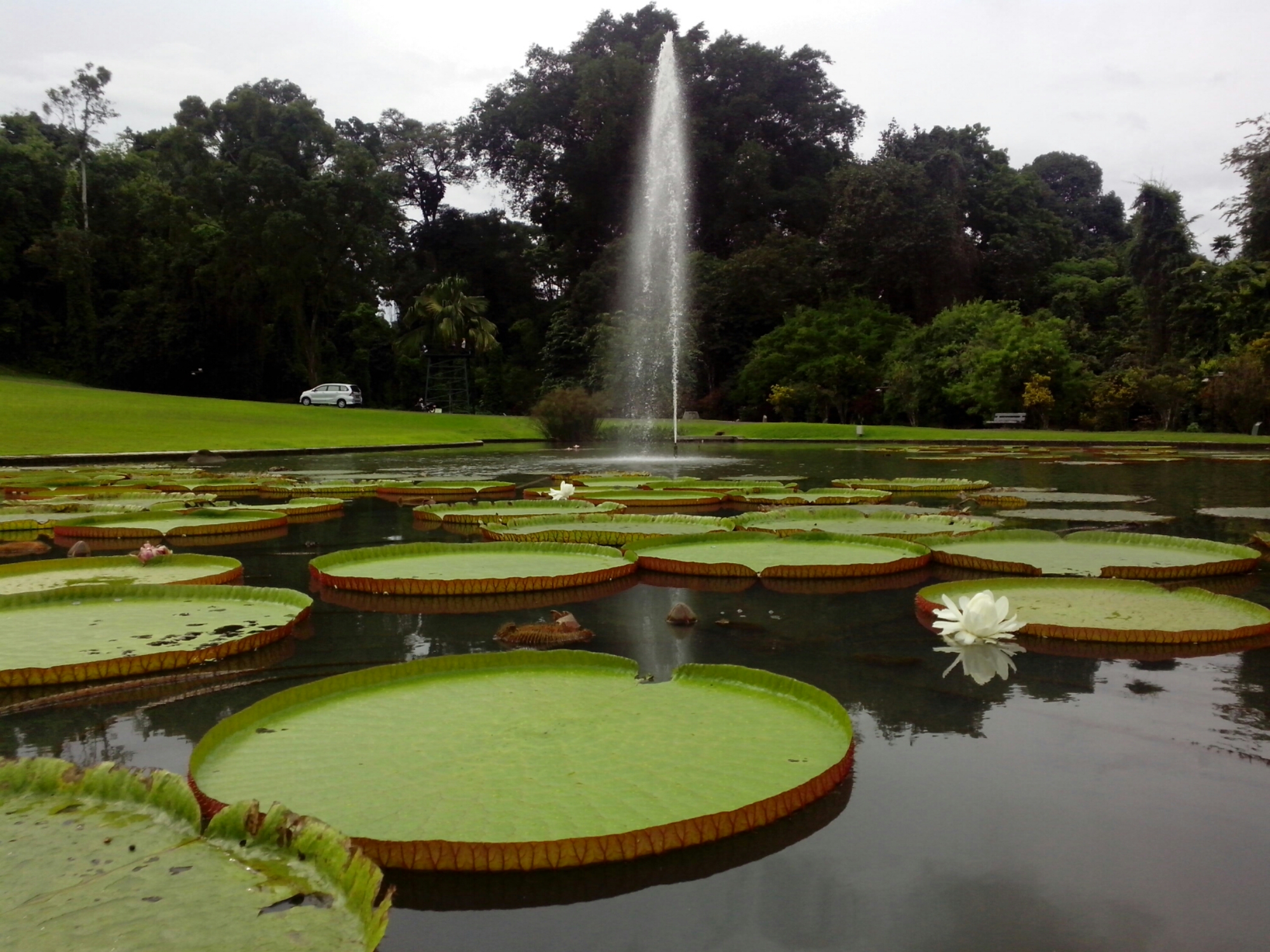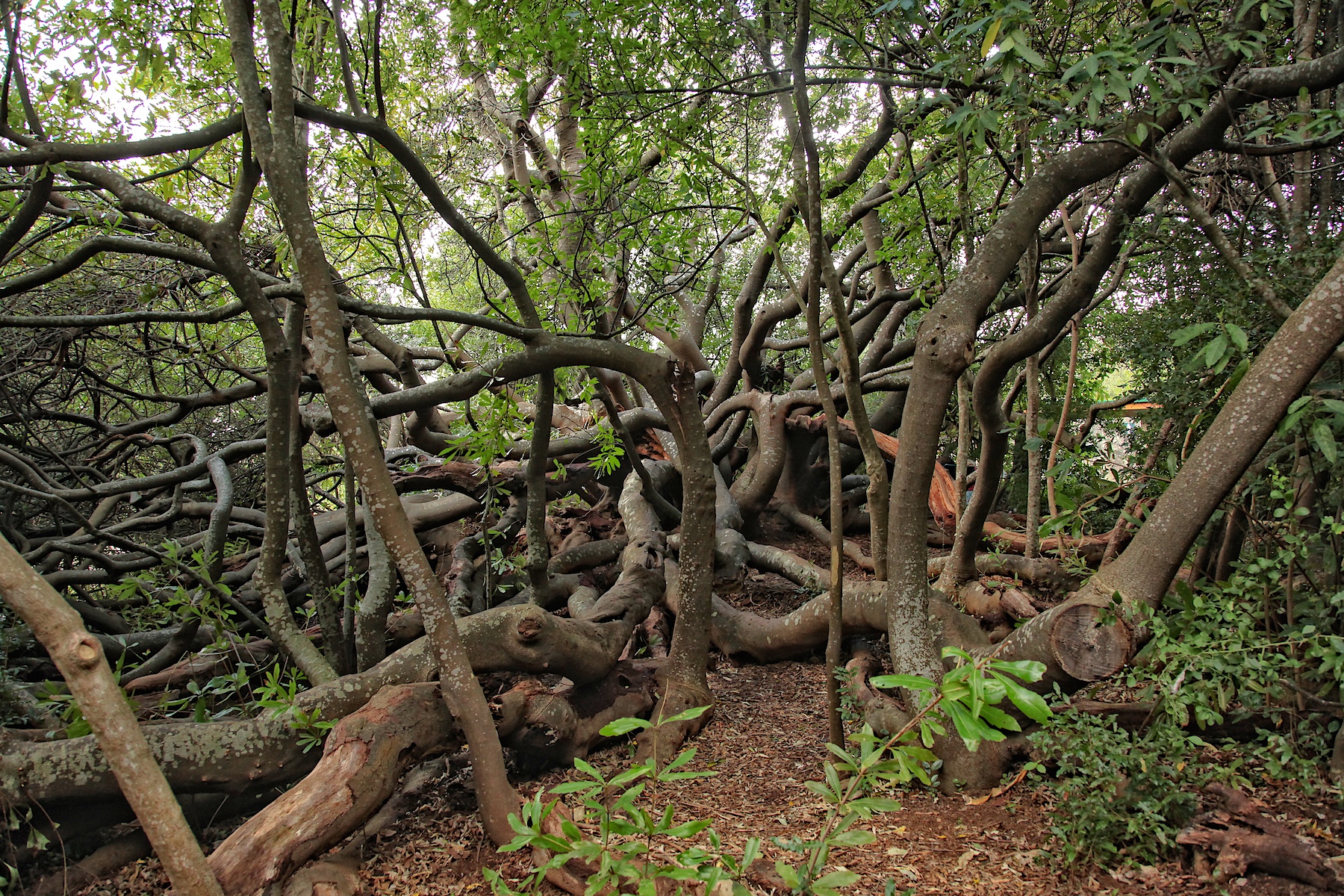The world’s botanical gardens are heaven for green-thumbs and budding botanists, but there’s plenty in these manmade floral fantasies for history buffs, too. Here are three of the world’s most historic plants, and at which of the world’s botanical gardens they can be found.
GIANT WATER LILIES
The giant water lilies at the Bogor Botanical Gardens in West Java, Indonesia, are not only historic, but record-holding: these plants are the largest water lilies in the world (the species, that is, which can also be found in several other countries).

Their leaves can grow close to 10 feet in diameter, and their flowers can be up to 1.3 feet in diameter. Most impressive of all, however, is the fact that the leaves — which float on waterbeds — can hold up to 299 pounds without sinking!
Bogor’s giant water lilies, meanwhile, have some history: the first seed of the plant was sent to the garden in 1960, as a gift from the Amsterdam Botanical Garden (which is itself one of the world’s oldest botanical gardens).
WILD ALMOND
At the Kirstenbosch Botanical Gardens in Cape Town, South Africa, you’ll find a row of wild almond hedges with more history than most of their fellow plants.

These hedges were planted by Jan van Riebeeck, the Dutch navigator who first colonized South Africa, in 1652; he at that time established Dutch Cape Colony as a key trading post and the first European settlement in South Africa.
The wild almond plants that now grown within Kirstenbosch were planted by van Riebeeck in 1660, as a sort of perimeter protection for the Dutch colony. Several of them still survive, making them more than 350 years old (and counting).
CANNONBALL TREE
The Royal Botanical Gardens of Peradeniya have a history that dates back to the 14th century, when King Wickramabahu III established his court near the Mahaweli River in Sri Lanka.
But the garden’s more formal layout would not take shape until much later, when settler Alexander Moon began cultivating coffee plants in the area.
The garden’s cannonball tree, meanwhile, is notable for more than just its gigantic fruit, which — yes — resemble cannonballs: it was a gift from George V and Queen Mary of the United Kingdom, in 1901. The more-than-a-century-old tree is often heavy with its namesake fruit, which blooms into beautiful orange and pink blossoms.
Source : https://www.gadventures.com/blog/historic-plants-botanical-gardens-travel/


















